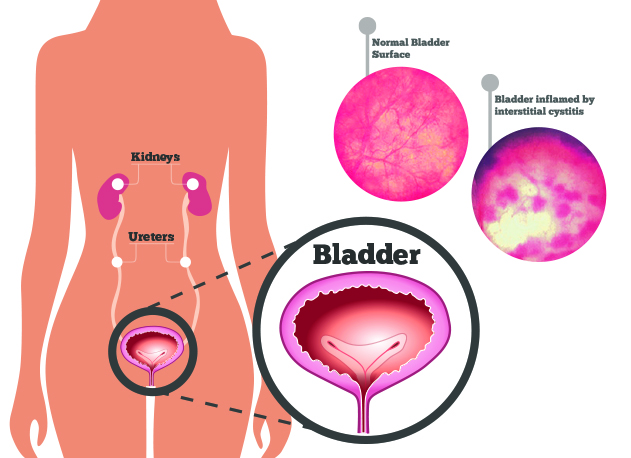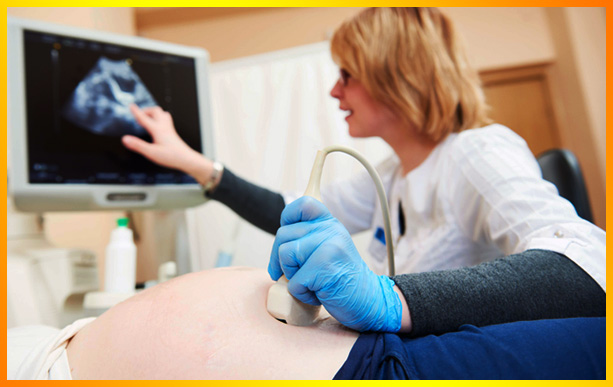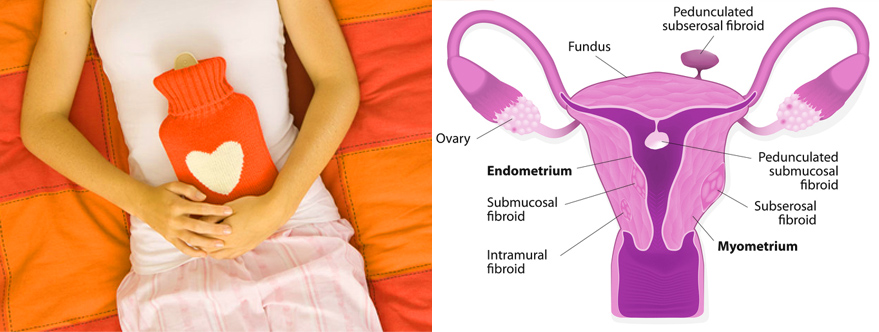 More than 700,000 people suffer from interstitial cystitis/painful bladder syndrome and 90 percent are women.
More than 700,000 people suffer from interstitial cystitis/painful bladder syndrome and 90 percent are women.
Interstitial cystitis (IC) is chronic inflammation of the bladder that can cause affected individuals to urinate up to 60 times per day, around the clock and, sometimes painfully. The cause of IC is unknown, but it is classically associated with allergies, fibromyalgia and other forms of arthritis. Some speculate it is a result of a virus, while others believe it is an autoimmune disorder. For many patients IC can destroy quality of life and is officially recognized as a disability.
There is no cure for IC, however there are treatment plans that can offer relief. IC patients that carefully monitor their lifestyle choices, including and especially food choices and meal portions can live a relatively pain-free life. Certain medications may also help control associated discomforts.
A Difficult Diagnosis
IC is often difficult to diagnose, it can take as long as two years for an individual to be accurately diagnosed. The symptoms may vary from day to day, week to week and person to person. After ruling out other possibilities, a urologist can perform a cystoscopy to view the bladder and check for glomerulations (spots of blood) on the bladder wall surface. This is often the best indicator of IC, although an uncomfortable test.
Treatment
While so little is known, research has paved the way for many women to manage their condition and lead a normal life. The National Institute of Diabetes and Digestive and Kidney Diseases (NIDDK) is currently funding research at the University of California Los Angeles to investigate the condition and possible drugs for treatment and cure.
Women struggling with IC, also known as, painful bladder syndrome (PBS) should carefully manage their diet, avoid smoking and incorporate routine exercise. Although you may not feel like exercising, physical activity has been shown to alleviate symptoms. Sitting for long periods of time may also worsen the condition. Pain medications may be necessary to manage many of the discomforts of this condition.



